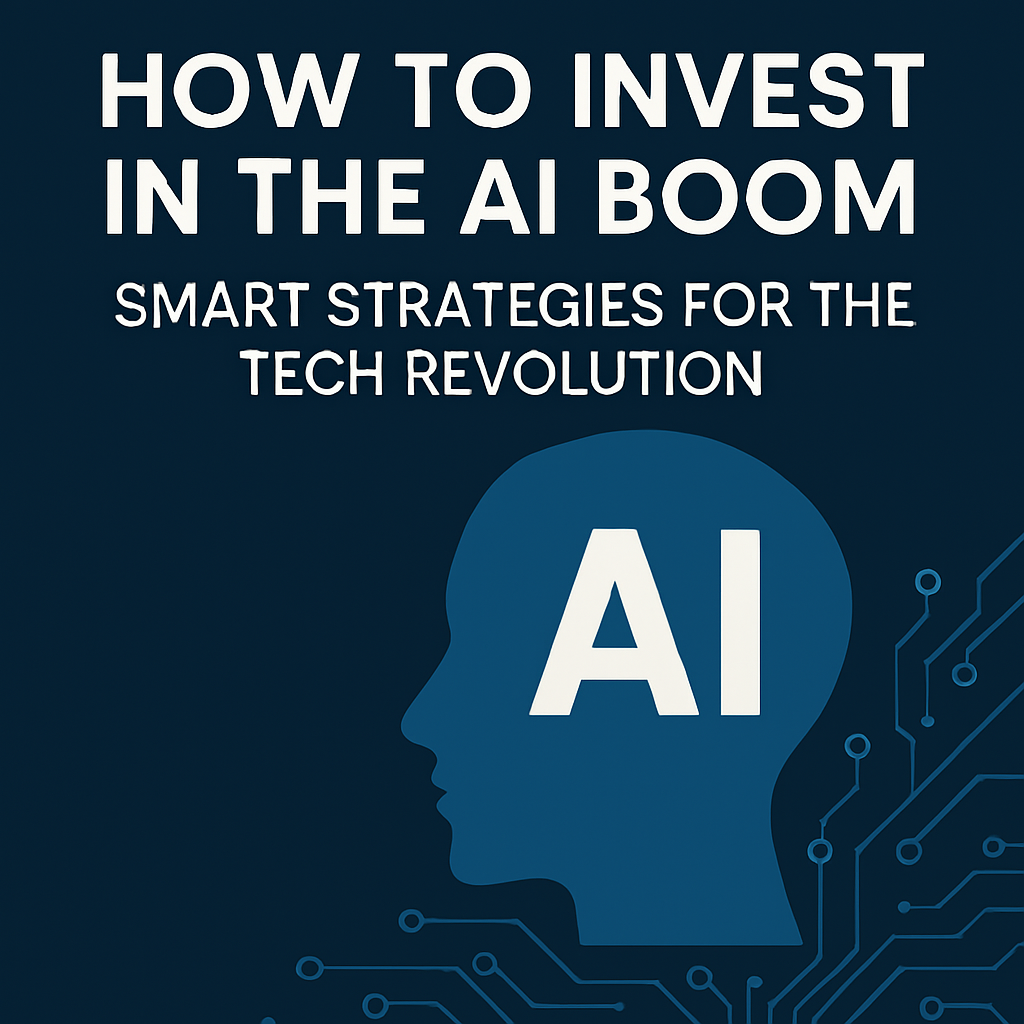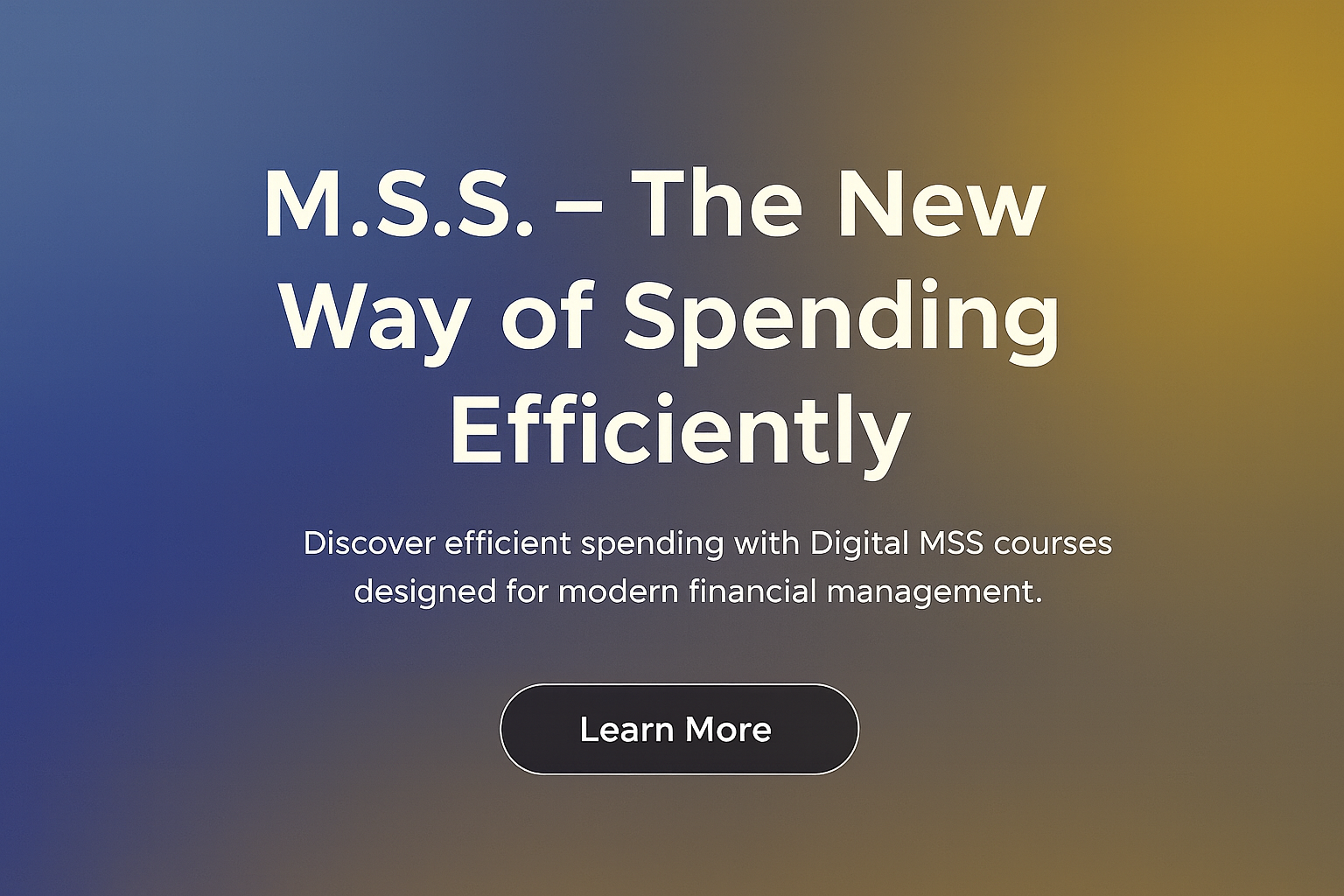Artificial Intelligence (AI) is no longer a buzzword used only in academic labs or tech startups—it has become a foundational technology that is changing the world as we know it. From voice assistants like Siri and Alexa to self-driving cars, AI is playing a central role in driving innovation across industries such as healthcare, finance, transportation, manufacturing, and education. What was once considered futuristic is now part of our daily lives.
1. Introduction: The Rise of Artificial Intelligence in the Global Economy
In recent years, we have seen AI technology rapidly advance due to breakthroughs in machine learning, natural language processing, and data processing power. Governments are recognizing its economic potential, while companies are racing to integrate AI to streamline operations, analyze large datasets, and create smarter products. In fact, major institutions project that AI could contribute over $15 trillion to the global economy by 2030.
As this technological shift accelerates, many individuals are looking for ways to engage with the AI ecosystem—not just as consumers, but as participants. This has led to growing interest in learning how to approach AI from an investment perspective. This article is not about recommending specific stocks or financial decisions; instead, it aims to serve as a beginner-friendly, educational resource to help you understand the landscape and strategies related to AI-focused investing. Let’s explore how you can approach this transformational trend with clarity and awareness.
2. Why Invest in AI?
Artificial Intelligence is increasingly recognized as a transformative force across global economies. As technologies like machine learning, computer vision, and natural language processing evolve, AI is finding practical applications that directly impact both consumers and industries. The shift is not theoretical—it’s already underway. From self-driving vehicles to voice-activated assistants, AI is helping companies create smarter, more efficient, and more personalized experiences for users.
Major companies are integrating AI into their operations. For example, Tesla uses AI to power its autonomous driving systems, continuously learning from real-world driving data. Amazon relies on AI for everything from warehouse automation to product recommendation algorithms. ChatGPT, developed by OpenAI, has demonstrated the power of generative AI in tasks like language translation, content creation, and customer service.
“AI is projected to contribute up to $15.7 trillion to the global economy by 2030, making it the biggest commercial opportunity in today’s fast-changing economy.”
— PwC Global Artificial Intelligence Study, 2017
Source: https://www.pwc.com/gx/en/issues/analytics/assets/pwc-ai-analysis-sizing-the-prize-report.pdf
In addition, countries are competing to lead in AI innovation, launching national strategies to support research, education, and ethical development. Governments like those in the U.S., China, and the European Union are investing billions into AI to remain competitive in a data-driven world.
Understanding why AI matters is the first step toward recognizing its significance in the global financial landscape. As it continues to shape the future of innovation, many people are becoming more interested in exploring how to align with this wave of technological transformation—whether through education, career shifts, or financial strategies. This article continues to focus on the educational side of that journey.
3. Key Considerations Before Investing
Before exploring how to gain exposure to the AI sector, it’s important to first assess your own financial profile and preferences. While Artificial Intelligence may be a promising field, every individual’s situation is different, and thoughtful planning can help avoid emotional or impulsive decisions.
One of the most essential steps is to define your goals. Are you interested in long-term exposure to AI because you believe in its future over the next 5 to 10 years? Or are you more focused on shorter-term opportunities driven by current AI headlines and technology releases? Long-term approaches may prioritize stability and gradual growth, while short-term approaches may require closer monitoring and more frequent adjustments.
Another factor is your risk tolerance and available capital. AI-related assets—like tech stocks—can be volatile and may experience sharp price swings. Consider how comfortable you are with those fluctuations and how much capital you’re willing to allocate without affecting your financial security. It’s helpful to be honest about how you’d react to both gains and losses.
Finally, think about your preferred investment style. Do you enjoy researching companies, reading earnings reports, and managing your own decisions? That’s typically referred to as an “active” approach. If you prefer a hands-off style with broader diversification, then a “passive” approach—such as investing through funds—might suit your personality better.
Understanding these foundational points helps build a framework for how you might want to approach the AI sector—from a purely educational standpoint. The strategies that follow in this article are designed to help you learn more about different ways people engage with this space.
4. Strategy 1: Exploring AI-Focused ETFs
For those interested in gaining broad exposure to the AI industry, one popular approach—purely from an educational standpoint—is through Exchange-Traded Funds (ETFs) that focus on AI and automation. These ETFs typically invest in a diversified basket of companies involved in artificial intelligence, machine learning, robotics, and related technologies.
AI-focused ETFs aim to capture the growth of the AI sector without requiring you to select individual companies. These funds usually include a mix of large tech firms developing AI infrastructure, as well as smaller, emerging companies building AI applications. Some ETFs also include companies involved in robotics, semiconductors, or cloud computing—areas that are critical to the AI supply chain.
What makes ETFs a subject of interest is their built-in diversification. Instead of relying on the success of a single company, an ETF spreads its holdings across many firms. This can potentially reduce exposure to company-specific risk, although all market investments still carry general risk.
Additionally, most ETFs are traded on major stock exchanges and offer transparent holdings and regular updates. For educational purposes, AI ETFs serve as a useful example of how people might seek access to a sector without deep research into individual firms.
It’s worth noting that different ETFs follow different selection criteria and sector weights. Some may focus on global AI players, while others may tilt toward U.S.-based innovators. Before anyone considers engaging with such financial instruments, it’s essential to understand what companies are inside the ETF, how it’s constructed, and what fees are associated.
This section is for learning purposes only and should be used as a foundation to explore the mechanics of thematic ETFs within the technology space.
5. Strategy 2: Understanding Individual AI Stocks
Another way people explore the AI sector is by learning about individual companies that are actively involved in artificial intelligence development or deployment. These companies can range from well-established tech giants to smaller, specialized firms focusing solely on AI-related products and services.
Large corporations often integrate AI into their existing business models. For example, global tech companies may use AI for search engine optimization, cloud services, advertising algorithms, or language models. These firms often have diversified income streams, with AI being one component of their broader innovation strategy.
On the other end of the spectrum, there are companies whose primary mission is centered around AI. These may include firms developing machine learning platforms, enterprise AI software, or AI infrastructure tools. Some focus on natural language processing, others on predictive analytics, while some are involved in robotics or edge computing powered by AI.
When analyzing individual AI companies from an educational perspective, it’s helpful to understand a few key concepts:
- Revenue model: Does the company earn income directly from AI products or services?
- R&D investment: How committed is the company to developing AI technology?
- Strategic partnerships: Is the firm working with leading institutions, governments, or cloud providers?
It’s also useful to examine public filings, earnings calls, and independent research reports. These resources can offer insights into a company’s financial health, competitive position, and vision for how AI fits into its future.
Studying individual companies allows learners to gain a deeper understanding of how AI technologies are being applied in the real world. However, this approach also requires more research and awareness of market dynamics. From a knowledge-building standpoint, learning how to critically evaluate AI-focused businesses is a valuable skill—regardless of whether one decides to act on that knowledge.
6. Strategy 3: Learning About Covered Calls on AI Stocks
In the world of financial education, one widely discussed strategy for income generation is the covered call. This strategy combines stock ownership with options contracts, and is often used to potentially earn additional income from assets that are already held. While this article does not suggest using this or any financial strategy, understanding how a covered call works can be a valuable part of learning how people interact with the stock market—especially within sectors like AI, where interest is high and volatility is common.
A covered call involves two components:
- Owning shares of a company (typically in blocks of 100 shares), and
- Selling a call option that gives someone else the right to buy those shares at a predetermined price (called the “strike price”) within a set timeframe.
The seller of the call option receives a premium, which is a payment from the buyer for that right. If the stock price remains below the strike price by the expiration date, the shares are not sold, and the seller keeps both the stock and the premium. If the price rises above the strike price, the shares may be sold at that price, potentially limiting upside gains.
Covered calls are often used by those who already hold shares in companies—such as AI-related firms—and are willing to trade some potential future profit in exchange for near-term income through option premiums.
Educationally speaking, this strategy helps demonstrate the trade-off between income generation and capital appreciation. It’s also a useful concept for understanding how options markets work in relation to stock ownership. As with all financial concepts, deeper research and professional insight are essential for those looking to understand the full implications of such strategies.
7. Strategy 4: Exploring Long-Term Options (LEAPS)
Among various educational strategies for understanding market exposure, LEAPS—or Long-Term Equity Anticipation Securities—stand out as a way to study how options can be used over extended periods. LEAPS are essentially long-dated options contracts that typically expire more than one year from the date of purchase. They can apply to both call options (which provide the right to buy a stock at a fixed price) and put options (which provide the right to sell).
In the context of AI-related companies, some individuals study LEAPS to observe how long-term market expectations are reflected in option pricing. Since AI is often viewed as a multi-year growth trend, long-dated options can highlight market sentiment about where certain companies might be headed over the next two to three years.
LEAPS allow learners to explore how time affects option value, especially with regard to volatility, underlying stock trends, and broader industry movements. Because these contracts last longer, they are more sensitive to shifts in market expectations—making them a useful tool for understanding how the market views a company’s long-term potential.
It’s also worth noting that LEAPS are generally more expensive than short-term options due to the extended duration. However, they offer a more stable pricing environment for those studying long-term trends without the pressure of near-term expiration.
For educational purposes, analyzing LEAPS can help deepen your understanding of options strategies, time decay, and how long-term forecasts are priced into financial instruments. Like all complex financial products, options require careful research, and exploring them in a learning context is a good way to build familiarity without engaging in real transactions.
8. Strategy 5: Use AI Tools to Analyze AI Investments
In a fitting twist, one of the most interesting ways to explore AI-related market trends is by using AI tools themselves to assist in research and analysis. Over the past few years, the rise of natural language processing models and AI-powered financial platforms has made it easier than ever for individuals to access, organize, and interpret complex information about companies and industries.
For example, ChatGPT and similar AI chatbots can help summarize financial reports, explain technical terms, or outline the fundamentals of a particular AI company or concept. While these tools don’t offer investment advice or real-time data, they can support understanding by answering questions in plain language, generating summaries of articles or news, and providing structured insights for further investigation.
In addition to conversational models, platforms like FinChat.io, Seeking Alpha’s AI summaries, and AI-powered screeners on TradingView offer features such as:
- Earnings transcript breakdowns
- Stock screening based on keyword relevance (e.g., “AI focus”)
- Sentiment analysis from financial news
- Visualization tools that track AI-related metrics
These tools are designed to enhance research efficiency, especially for people without formal financial training. By aggregating large volumes of information and distilling it into more digestible formats, AI can lower the barrier to entry for learning about market behavior.
However, it’s important to remember that all tools—AI or otherwise—are only as useful as the context and judgment applied by the user. They are not a replacement for due diligence or professional insight. From an educational perspective, AI tools can serve as valuable assistants in helping individuals explore the rapidly evolving AI investment landscape and stay informed about developments in the sector.
9. Risks and Challenges
While Artificial Intelligence is often viewed as a promising frontier, it’s important to acknowledge that every opportunity comes with risks. Understanding the challenges associated with AI-related investments is an essential part of any educational discussion on the topic.
One of the most prominent concerns is market volatility. Many AI-related companies—especially newer or smaller firms—operate in rapidly changing environments where business models may still be evolving. Their stock prices can fluctuate significantly based on news cycles, product announcements, or shifts in investor sentiment.
Another key issue is overhype and speculation. In every emerging sector, some companies use buzzwords like “AI” to attract attention without delivering substantial products or services. This makes it difficult to separate truly innovative firms from those simply riding the wave. For learners, it’s crucial to approach AI claims with healthy skepticism and to seek out measurable proof of real-world implementation.
Additionally, regulatory uncertainty is growing. As AI becomes more powerful and integrated into daily life, governments around the world are exploring new laws to ensure ethical use, protect data privacy, and maintain fairness. These regulations may have unpredictable effects on the development pace and profitability of AI technologies.
Finally, there’s the issue of concentration risk. Some AI-focused financial products or portfolios may be heavily weighted toward a few large tech companies, meaning their performance is closely tied to just a handful of firms. This reduces diversification and can increase exposure to specific industry shifts or company setbacks.
Learning about these risks doesn’t mean avoiding the sector—it means approaching it with a balanced perspective. Whether you’re a student, analyst, or curious learner, understanding the potential downsides of any technological trend is a valuable part of building strong, well-rounded knowledge.
10. Conclusion: Staying Informed in the Age of AI
Artificial Intelligence is more than just a technological innovation—it’s a structural transformation impacting economies, industries, and everyday life. As AI continues to evolve, it is reshaping how people interact with businesses, how products are developed, and how global value is created. This presents a unique opportunity for individuals to deepen their understanding of the technologies and trends shaping the future.
Throughout this article, we’ve explored various educational strategies for gaining exposure to the AI sector, including thematic ETFs, individual company analysis, options-based approaches like covered calls and LEAPS, and the use of AI-powered tools for research. We’ve also discussed the importance of setting personal goals, understanding risk tolerance, and identifying one’s preferred approach to learning about financial markets—whether active or passive.
Just as AI itself is multifaceted, so is the journey of understanding how it fits into the broader financial world. Whether your interest in AI is professional, academic, or personal, staying informed and approaching new information with critical thinking is essential.
Disclaimer: This article is for informational and educational purposes only and does not constitute financial, investment, or legal advice. Readers are encouraged to conduct their own research and consult with licensed professionals before making any financial decisions.
By empowering yourself with knowledge, you’re taking the first step toward understanding one of the most important technological shifts of our time—on your own terms, and at your own pace.








